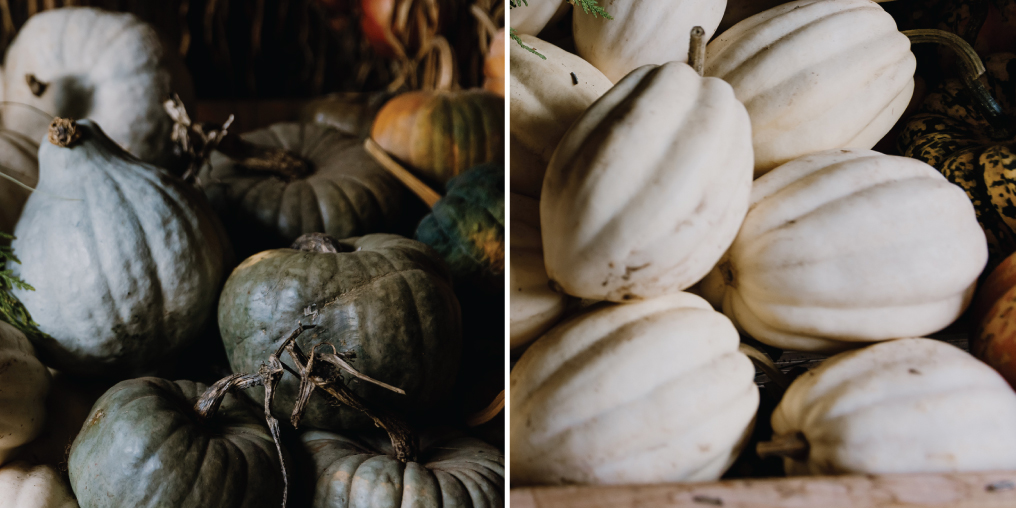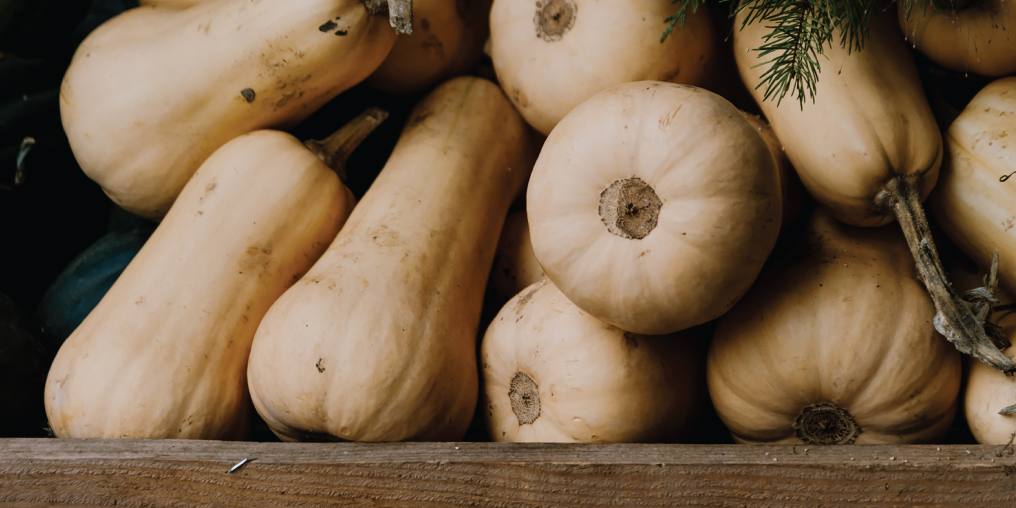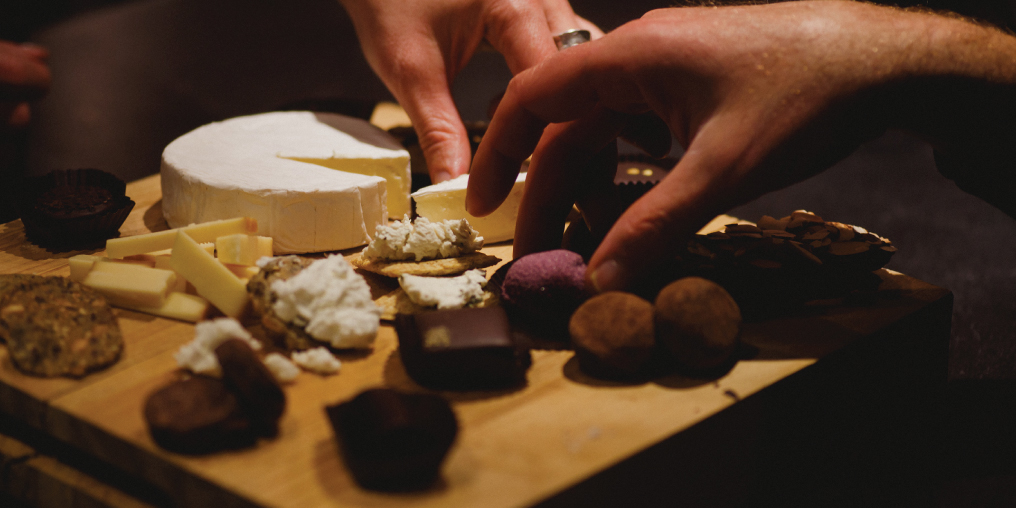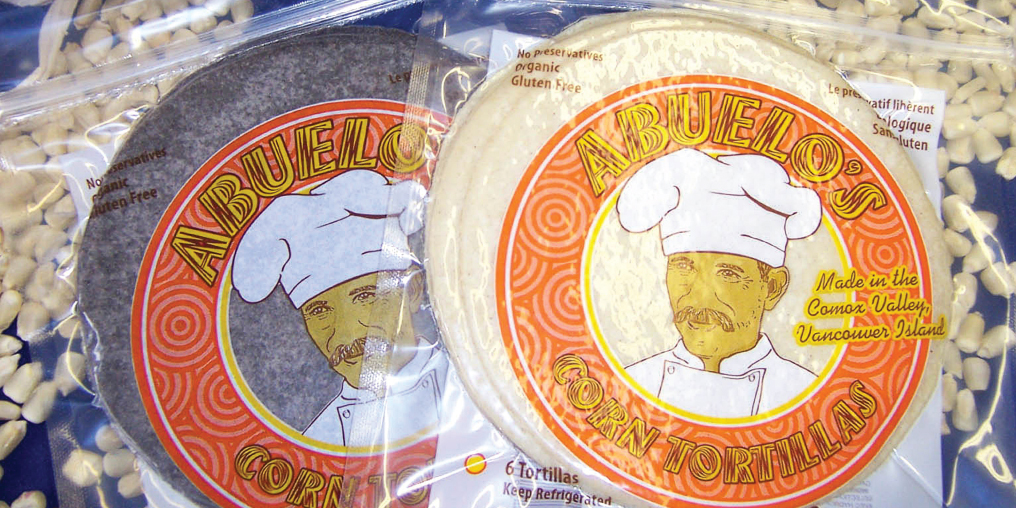I’m here to talk about winter squash: the wondrous genetic diversity they display, the dedicated farmers who grow them, and some foolproof ways to prepare them. But let me start with a story about oysters.
Some time ago, I went to a local oyster purveyor, keen to learn more about the different types of oysters available and to garner suggestions on their appropriate preparations. This endeavour came to an abrupt end at the hands of a salty old oyster expert, who curtly explained that all the oysters on the BC coast are the same species—that there’s no difference between them, so they should therefore all be treated the same. I quickly decided on a bag of kusshis due to their lack of barnacles, and left, somewhat disappointed by the experience.
At the time, I didn’t have the wherewithal to point out what it means to be a species—and the staggering diversity presented by any number of common species. Would that salty dog be shocked to hear that a Great Dane and a Chihuahua are the same species? I’ll never know. But I’m not here to grind my axe over an obnoxious conversation from years ago, or the rebuttals that could have been. Let’s talk squash.
Squash genetics are tricky to pin down and comprehend. They hybridize readily, resulting in an ever-growing list of varieties. Take, for example, the ubiquitous butternut, which has been transformed into all sorts of delicious hybrids: the honey nut, the honey baby, the butterkin (each name a little bit cuter than the last). I would hesitate to wager a guess as to how many varieties of winter squash are grown across our community, from mini pumpkins that sit nicely in the palm of your hand to giant teardrop-shaped Hubbards; warty or smooth; mottled or blue. Shamrock Farm alone grows over 40 types.
If you attended Forest Feast—the autumnal community dinner that was part of Fungus Fest in Cumberland—you will recall with delight (hopefully) the squash dish, which featured miniature Jack Be Little pumpkins from Peas and Love Farm (lovingly stuffed with lentils and mushrooms and slowly braised in a rich tomato and fennel stew … they were delicious, but I digress). However, you might be surprised to discover those little pumpkins are actually the same species as a zucchini.
All this genetic variation, despite the fact that only three distinct species make up all the winter squash globally: Cucurbita maxima includes fun varieties like Turk’s Turban, C. moschata includes butternuts, and C. pepo includes pumpkins and gourds, along with summer squashes like zucchini and pattypan. For simplicity’s sake, let’s focus on the hard-skinned winter squash.

I’d like to think there’s a squash to please everyone. Not a squash fan, you say? Is it because they’re too orange? Too sweet? Too creamy and delicious? Are you more of a meat-and-potatoes kinda person? Check out the mashed potato squash at Whitaker Farm, or the even starchier baked potato squash.
The true squash nerds of the Valley are always waiting to get their hands on the hottest new varieties. The latest Japanese sensation to hit these shores is the tetsakubuto, described by Sarah Wilson at Pendleton Farm as being “like kabocha on steroids.” With a rich, nutty flesh and remarkably thick and tender skin, tetsakubuto are a favourite among aficionados. Looking for something to feed your kids? Check out the new delicata hybrid, the honey boat, described by many as possibly the sweetest squash in existence. And if you’re not into the flesh but love the seeds, allow me to introduce you to naked bear and Lady Godiva pumpkins. Their hull-less seeds are delicious roasted.
After giving myself a headache trying to comprehend squash genetics and pondering the myriad of varietals grown right here in the Valley, I switched to perusing some favourite cookbooks and felt a surge of inspiration at the many wonderful ways squash can be prepared. The possibilities are endless and mind-boggling: winter squash and leek risotto; delicata cut into donut shapes, battered and fried, served with pumpkin seeds and honey; shaved raw butternut tossed with brown butter and sage … Those are just some of the more creative approaches.
What a remarkable product—a blank slate for us to express our true culinary talent. A world of possibilities to explore. Just as our friend the oyster loves a little razzle-dazzle, but also sits comfortably in its own shell, squash, too, can take on multiple guises. And, at the end of the day, I’m probably going to cook my squash the same way I usually do: cut-side down in a moderately hot oven with a nice pat of butter. Maybe that oyster man had a point after all.





